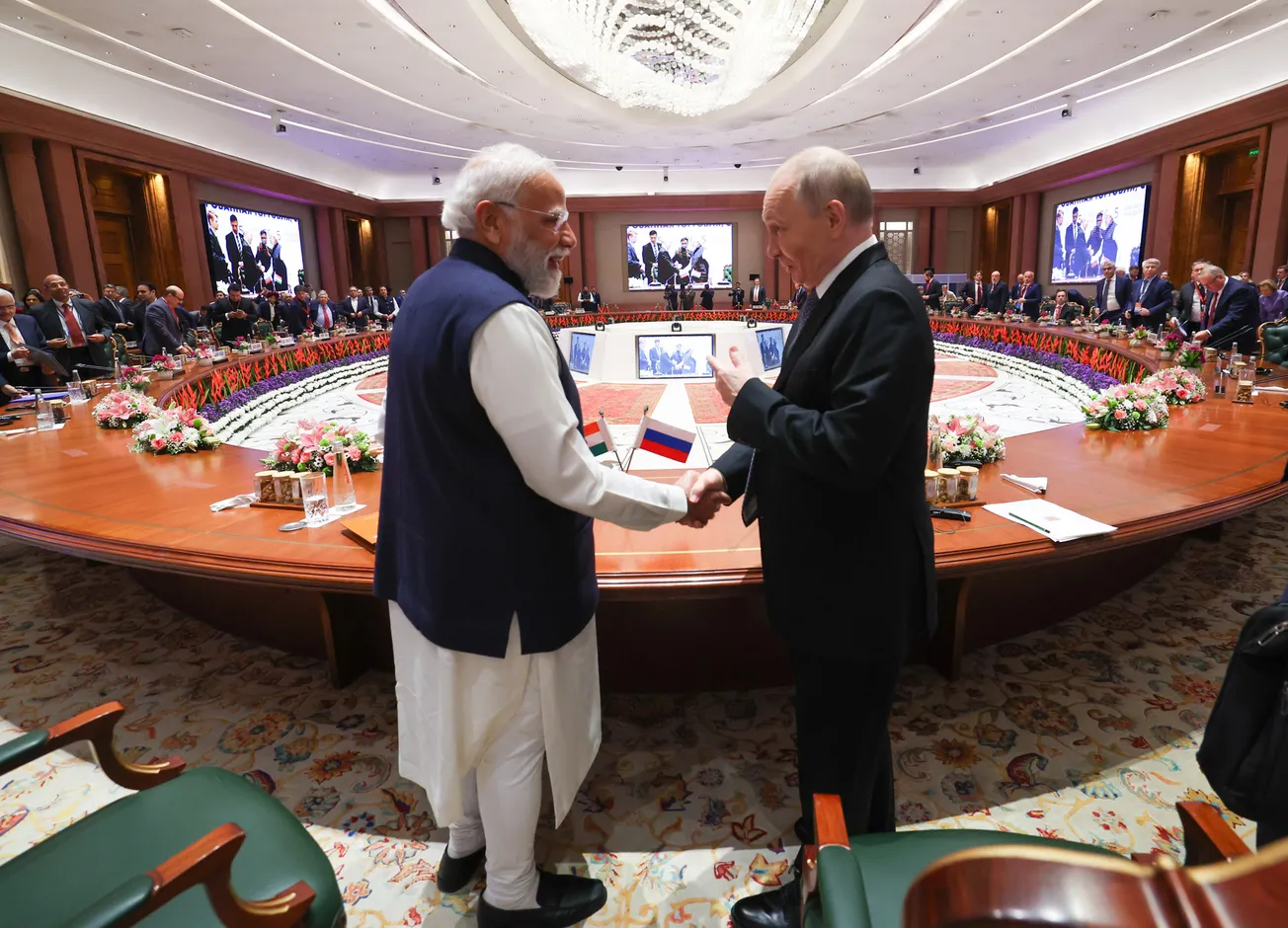Russia’s nuclear energy corporation Rosatom has achieved a landmark in the construction of its innovative Generation IV fast neutron BREST-OD-300 nuclear reactor on the site of the Pilot demonstration energy complex in Seversk, Tomsk Region (West Siberia). This occurred when the containment structure was installed during January.
Generation IV reactors have a highly efficient use of nuclear fuel and incorporate a passively safe fuel—uranium metal alloy—that naturally prevents the possibility of a runaway chain reaction.
There are two considerations that make Generation IV fast neutron reactors up to 60 times more efficient than current Generation II or III nuclear reactors. First, natural uranium contains about 0.7% uranium-235, and 99.3% uranium-238. In a nuclear fission reaction, fast neutrons are emitted with a kinetic energy level of 1 million electron volts (MeV), or more, and hence a speed of 14,000 km/second or more. In most nuclear power plants, the fast neutron is slowed down, using water as a moderator, to 0.025 electron volts, and a commensurate speed of 2.2 km/sec. Why? Because the slower neutron (called a thermal neutron) can better set off a chain reaction in the portion of the natural uranium that is U-235. But that’s only 0.7% of the natural uranium. The slow, thermal neutron has very little effect in setting off a chain reaction in U-238—but that’s 99% of the natural uranium. That U-238 is almost entirely unused, and has to be discarded as so-called “nuclear waste,” which is completely inefficient.




